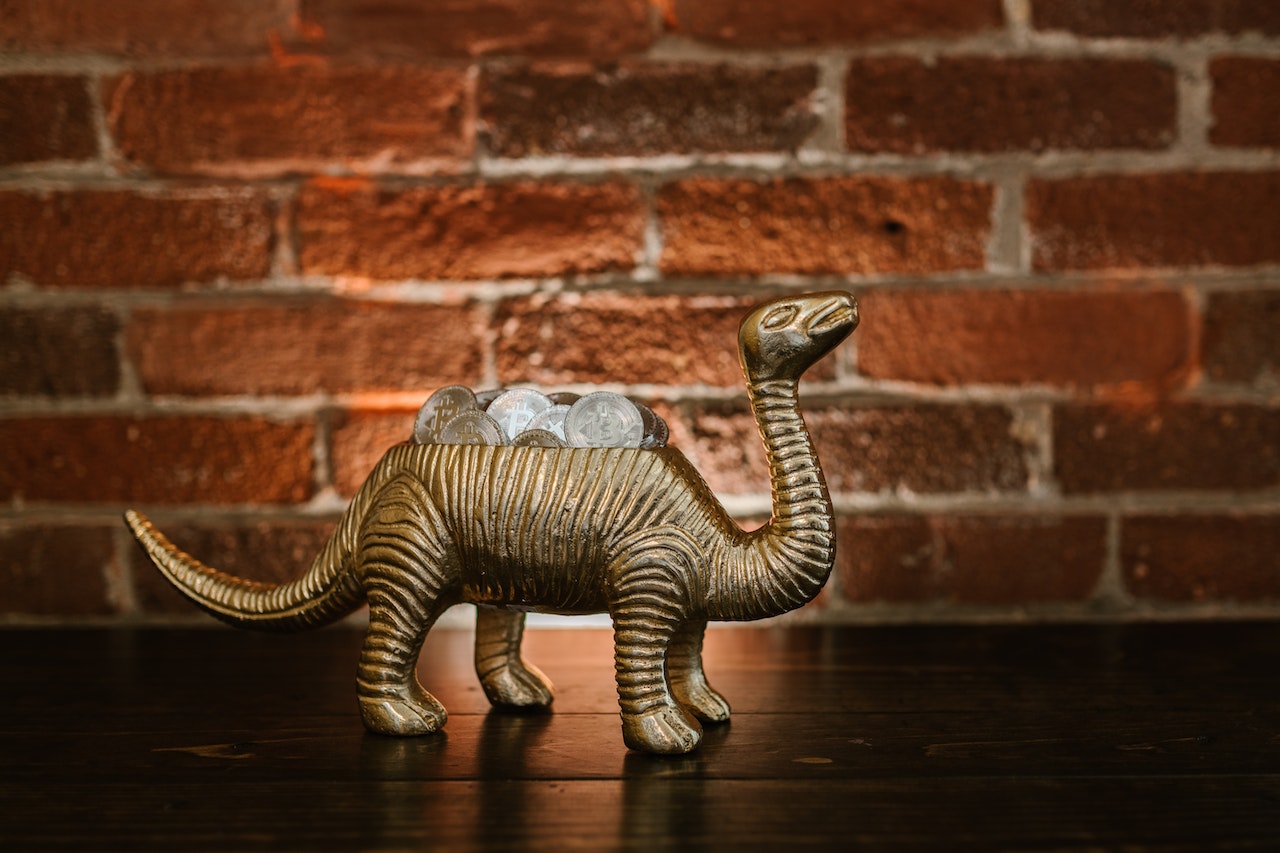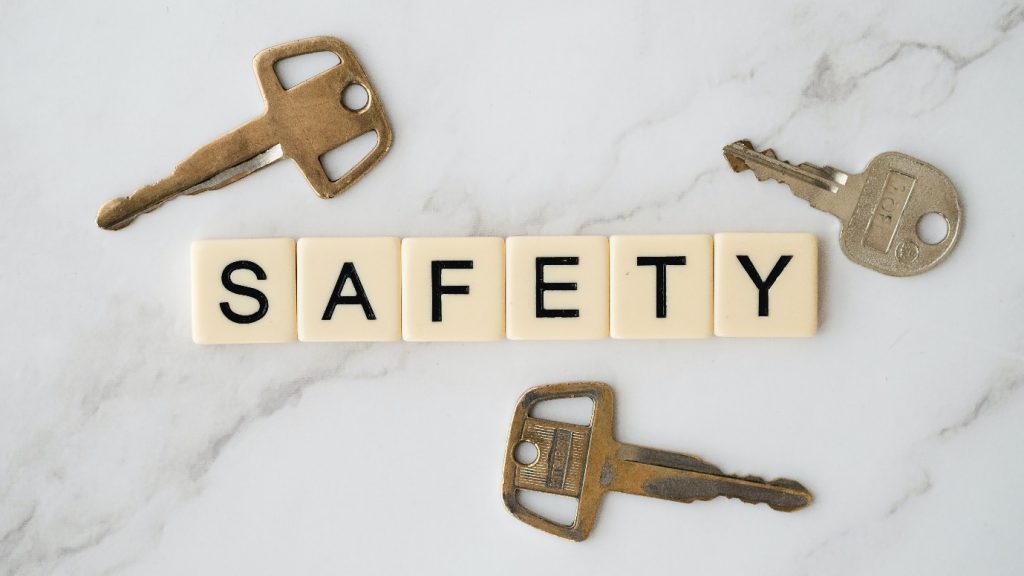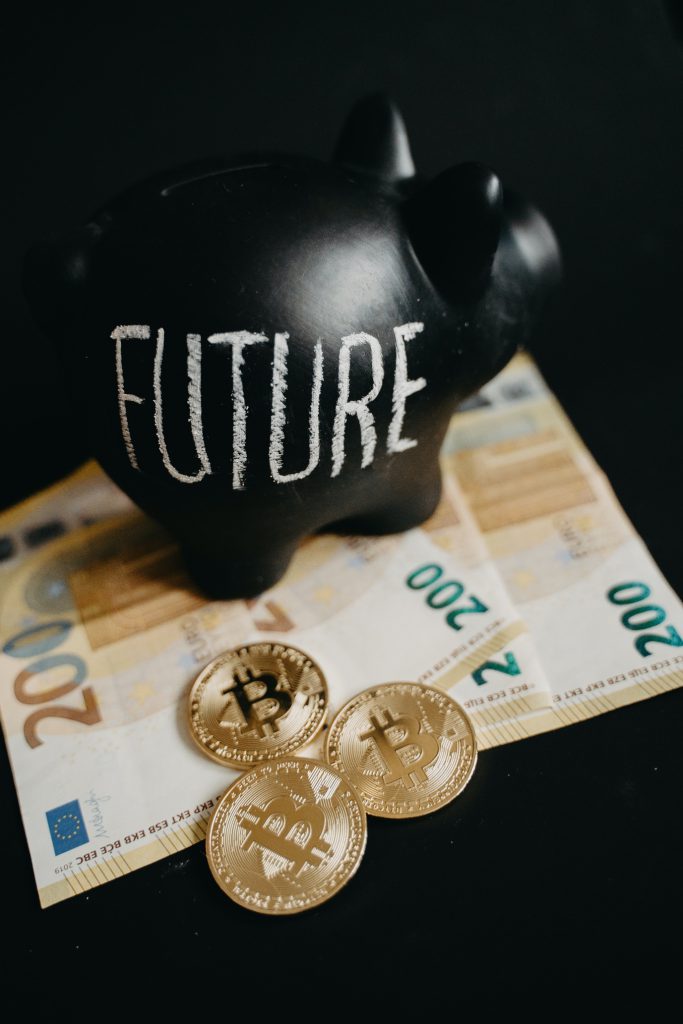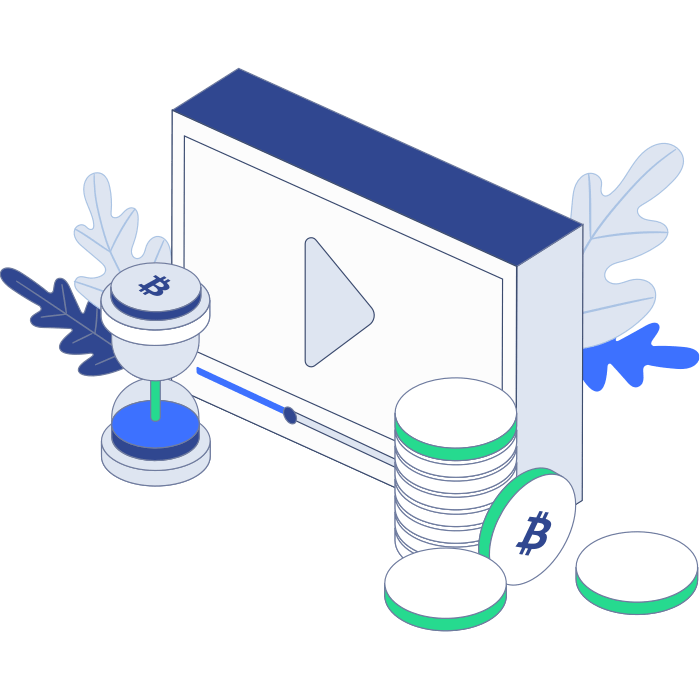Bitcoin mining is a new form of online currency that uses computer algorithms to add blocks of transactions to a blockchain. Miners get rewarded for finding solutions to the complex puzzles that are involved in crypto mining. Unlike traditional currencies, where the government has a monopoly on the market, bitcoin has no central authority and relies on many users to regulate its transactions. This system allows anyone to earn cryptocurrency without having to deposit any money.
Nonce is the value that miners are resolving for in crypto mining
To understand what is happening behind the scenes in crypto mining, we need to first understand what a nonce is. A nonce is a random number used for a particular purpose. Most often, it is used to change the results of cryptographic communication. A nonce is typically a variable number that is used to vary the input to a cryptographic hash function. This is done in order to prevent double attacks and guarantee security.
Bitcoin is a good example. Miners compete against each other to calculate a nonce. The first miner to reach the value of the nonce receives a block reward (a reward). Initially, this reward is 6.25 BTC, but every two10,000 blocks, or about four years, this reward is cut in half.
Nonces can be either sequential or random. Sequential nonces are produced incrementally and are highly unlikely to occur. This type of nonce is less predictable than other types of nonces, which are more likely to be unique. Nonces are also used as part of authentication protocols.
Blocks of transactions are added to a blockchain by miners
The process of adding blocks of transactions to a blockchain requires a considerable amount of energy and computational power. The result is a highly secure system that makes it nearly impossible for someone to change a block of information. Furthermore, it makes changing information on the blockchain incredibly expensive, since the process requires miners to perform complex calculations over again. The problem with this system is that it also makes it incredibly easy for someone to steal information by mining blocks.
The mining process is complex and requires custom-designed hardware and software. Miners also use a special software set that is specific to mining specific blocks. Individual miners register in a blockchain network and are given a mathematical problem to solve. The first miner to solve the problem receives a reward. Other miners then verify and add the decrypted value to the blockchain.
The process of adding blocks involves the use of nonce-based encryption. When miners find the nonce, they will send it to the network of nodes to verify its validity. Once this is done, a new block is added to the chain. This process takes about 10 minutes.
Miners can be rewarded for finding a solution to a puzzle
In Bitcoin mining, miners are rewarded for solving a puzzle that consists of a series of random numbers. Each puzzle contains trillions of possible guesses. The more miners that join the network, the more complex the puzzle becomes. This means that it takes a great deal of computing power to find a solution. A high “hash rate” is crucial to being a successful bitcoin miner.
The problem is that if the solution is relatively simple, it may be very hard to find. However, if thousands of miners are working together, they’ll eventually find a low-value hash that meets the bitcoin network’s target hash.
The Bitcoin block size is currently 1MB. Some miners believe the block size should be increased to increase the processing speed of bitcoin transactions. A bitcoin miner can be rewarded for finding a solution to a puzzle by the first miner who solves the puzzle. The process of finding the solution is called “proof of work”.
Cost of mining
While mining for Bitcoin may be a lucrative business for some people, the cost of mining for beginners can be a substantial expense. While a single ASIC unit can generate over USD 100,000 a month, this kind of investment is for people with technical skills. Since the market is volatile, it’s best to test the waters before committing a large amount of cash.
Bitcoin miners’ main operational cost is electricity. Purchasing cheaper electricity will help you pay off CAPEX faster. Typically, miners pay $0.03 to $0.06 per kilowatt hour (kWh), although there are cases where it can be even higher. Without a reliable source of cheap electricity, it will be difficult to maintain a profitable mining operation.
In addition to the hardware, Bitcoin mining requires a Bitcoin wallet. This is an encrypted online account for the digital currency. Users can access their wallets through companies like Coinbase or Trezor.
365technoblog is a No.1 source for technology related tips and discussions – app, IT security, smartphones, etc. 365technoblog also welcomes guest’s writers.









Comments